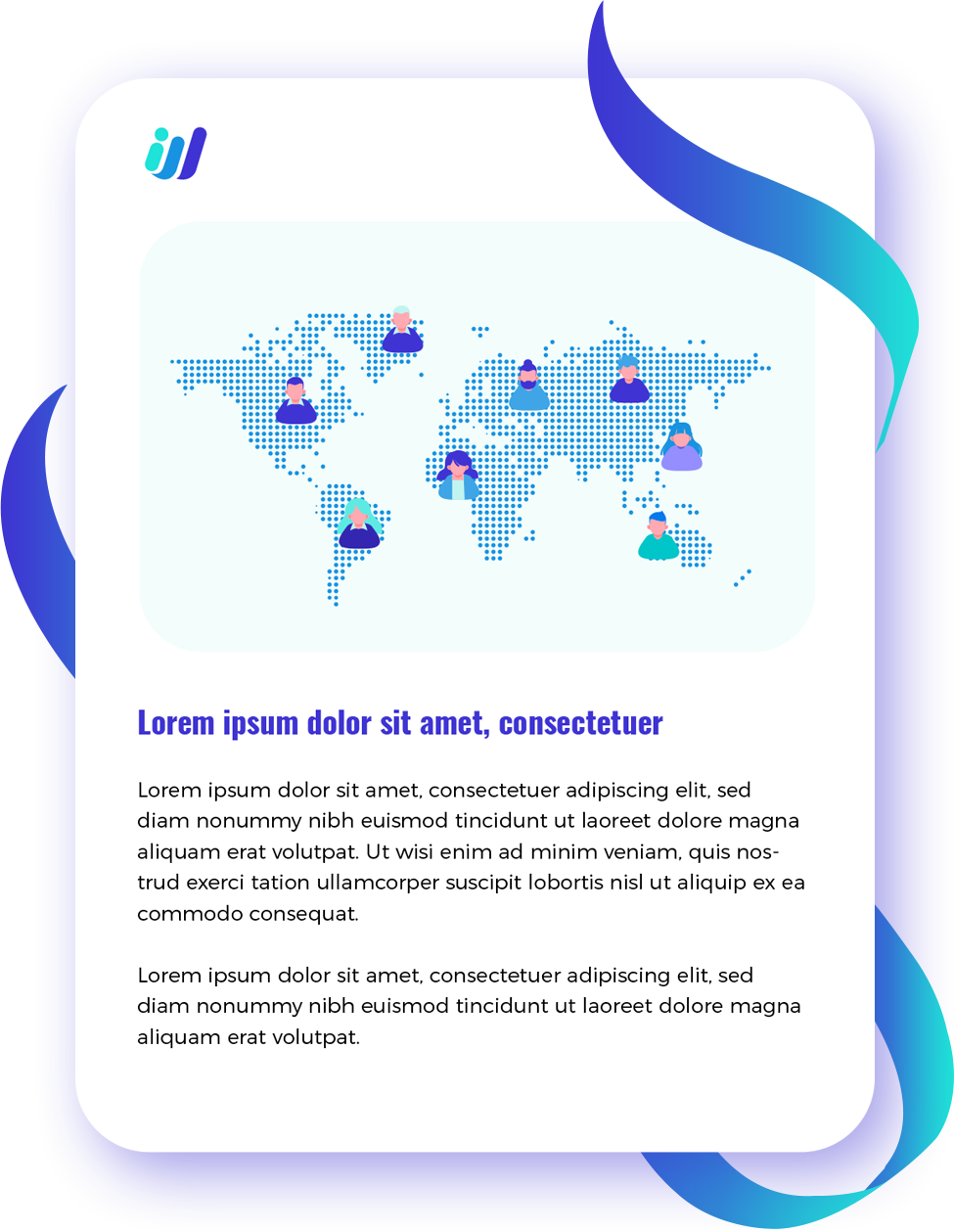The business landscape is constantly shifting. Remember when the biggest factor in a job search was the commute? Or when companies primarily looked within a 50-mile radius for talent? Those days feel distant now. In our increasingly digital world, physical distance is becoming less relevant, and the old models of doing business are evolving. This is particularly true for outsourcing. What began as a simple cost-cutting measure has transformed into a powerful strategy for growth, innovation, and securing a competitive edge. We’ve entered what’s known as the Third Wave of Outsourcing, a paradigm shift that recognizes the best talent isn’t always local; it’s global.
If you think outsourcing is just about finding cheaper labor for basic tasks, it’s time to reconsider. That thinking belongs to the past. Today, global giants leverage outsourcing not just for cost savings, but for accessing specialized skills and market knowledge. Think about Alibaba hiring US web developers, Cisco having almost half its workforce overseas, or IBM employing more people in India and China than in the US. These aren’t anomalies; they’re examples of businesses embracing the reality that tapping into global talent pools is crucial for success.
But how did we get here? Understanding the journey of outsourcing helps illuminate why this Third Wave is so different and impactful.
From Cost-Cutting to Strategic Partnerships: The Evolution of Outsourcing
The First Wave: The Cost-Reduction Era
Outsourcing first gained traction back in the 1930s, primarily as a way to hire cheaper labor from other countries. By the 1980s, it became a popular trend, largely focused on reducing internal costs by hiring third parties for tasks previously done in-house. This era, often called the First Wave (peaking around the early 1990s recession), saw businesses offload mundane tasks to less expensive vendors, freeing up internal staff for core functions. It was vendor management in its simplest form. Key drivers included the need to cut costs during economic downturns and the shift towards less integrated company structures. The development of telecommunications infrastructure, like the Baby Bells, reduced communication barriers, making it easier to manage offshore teams, particularly for functions like call centers. The primary goal? Cost efficiency.
The Second Wave: The Strategic Shift
The turn of the century ushered in the Second Wave, catalyzed significantly by the Y2K bug. The massive need for programmers to fix potential date-related system crashes overwhelmed the domestic workforce in many countries, forcing them to look towards burgeoning IT hubs like India. This event highlighted the strategic advantages of accessing global talent, beyond just cost savings. Businesses began to see outsourcing as a way to gain efficiency by offloading non-core functions and focusing on their primary strengths. This led to the diversification of outsourcing services, including Business Process Outsourcing (BPO) and Knowledge Process Outsourcing (KPO). Concepts like “follow the sun,” aiming for 24/7 productivity by passing work across time zones, emerged. While strategic, this wave still often treated outsourced teams as separate entities, leading to collaboration challenges, particularly in complex fields like software development. The focus shifted from purely cost to strategic function, but often lacked deep integration.
The Third Wave: Talent, Partnership, and Agility
Starting around 2018 and accelerating rapidly with the global pandemic in 2020, the Third Wave represents a fundamental shift. The forced move to remote work demonstrated definitively that talent isn’t bound by geography. The primary driver is no longer just cost or function, but the pursuit of the best talent, wherever it resides.
What truly differentiates this wave?
- Focus on “Best Talent”: It’s about finding highly skilled individuals who are not just capable, but are team players, innovators, responsible, reliable, and possess integrity. They are treated as peers and partners, essential to the business’s core vision.
- Partnership over Vendorship: The relationship moves beyond transactional vendor management to true partnership. Partners are invested in your success, align with your goals, and collaborate deeply. They aren’t just fulfilling tasks; they’re contributing to strategy and innovation.
- Culture Fit and Synergy: Finding partners whose work culture and values complement your own is crucial. This isn’t about finding clones, but about creating a synergistic environment where shared values foster better collaboration, loyalty, and team cohesion.
- Genuine Diversity: Third Wave Outsourcing unlocks true diversity by focusing on talent regardless of gender, race, or location. This isn’t tokenism; it’s recognizing that diverse perspectives fuel creativity, improve cultural awareness, enhance problem-solving, and ultimately build stronger, more resilient organizations better equipped for the global marketplace.
- Technology as the Enabler: Cloud technology is the backbone. It eliminates distance barriers, enabling seamless real-time collaboration, access to shared resources, and business continuity, making global partnerships practical and effective.
- Innovation Outsourcing: Businesses increasingly outsource innovation itself, tapping into external expertise to generate fresh ideas, strategies, and complex solutions, minimizing internal failure risks and accessing mature processes.
Embracing the Future: Are You Ready for the Third Wave?
The traditional view of outsourcing is outdated. We’ve moved far beyond simply finding the lowest bidder. The Third Wave is about strategically building global partnerships to access the world’s best talent, fostering innovation, and driving genuine business agility. It’s about recognizing that the people—their skills, their cultural perspectives, their commitment—are the core drivers of success in today’s interconnected world.
Companies clinging to the old models’ risk being left behind. Limiting your talent pool to your immediate vicinity is no longer a viable strategy for long-term growth. The most competitive businesses understand that embracing global talent isn’t just an option; it’s becoming a necessity.
This shift requires a change in mindset – from viewing outsourcing as a mere cost center to seeing it as a strategic investment in talent and partnership. It involves looking beyond resumes to understand cultural fit, motivation, and true collaborative potential. It demands leveraging technology to bridge distances and foster genuine teamwork.
The Third Wave of Outsourcing offers unprecedented opportunities to build more diverse, innovative, and resilient businesses. It’s about harnessing global expertise to not just survive but thrive.
Ready to dive deeper into how Third Wave Outsourcing can future proof your business strategy? Download our comprehensive ebook to explore the nuances of finding the best talent, building powerful partnerships, and leveraging this global shift for sustained success. The future of outsourcing is here. Are you prepared to embrace it?


